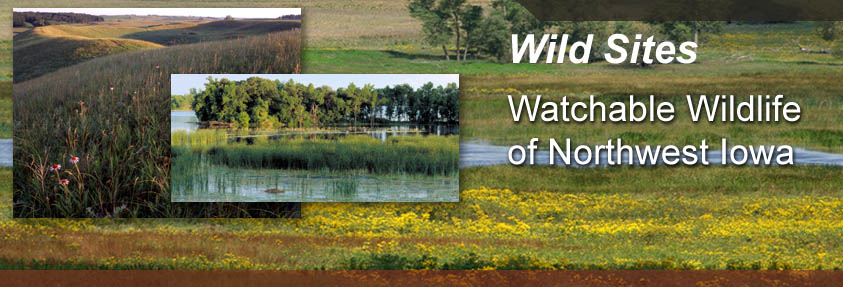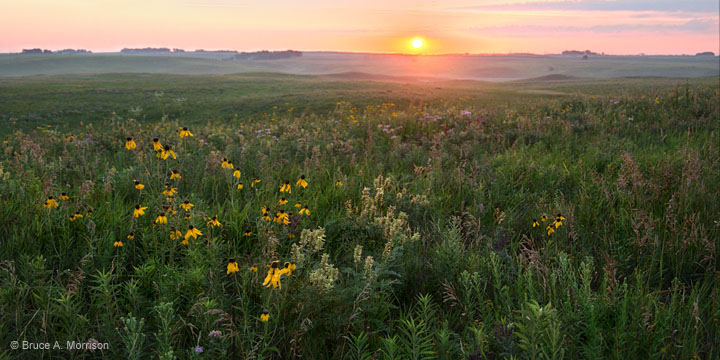 |
|||||||||||||||||||||
 |
|||||||||||||||||||||
 |
|||||||||||||||||||||
| Cayler Prairie - Educational Box
Prairie Smoke (3rd-6th grade/45 minutes) Activity in Brief: Students listen to legends about prairie plants and create stories of their own based on observations of characteristics of the plants. Objectives: Students will become aware of the importance of myths and legends in Native American culture. Students will observe characteristics of native prairie plants, and use facts and observations of plants to create their own stories.. Correlation with Science Standards: Unifying Concepts and Processes- Systems, Order and Organization Unifying Concepts and Processes- Form and Function Life Science- Characteristics of Organisms Life Science- Organisms and Their Environment Advance Prep: None Materials: Pencil, paper, plant identification books, pressed plants, or viewing plants on site. FYI: The wetland is alive with sounds – water lapping, grass moving, frogs jumping, birds calling, etc. Procedure: While visiting a prairie, take time to observe the different characteristics of the grasses and flowers. They may want to make notes or sketches to be used later. Some unusual or descriptive plant names should be noted, as well as some of the legends and uses for plants. (Iowa’s Tallgrass Prairie, by Dean Roosa and Sylvan Runkle is a great book with plant uses and legends) Use the information gathered along with observations to create a story or imaginary use for some of the plants they have discovered. Encourage students to illustrate their work. Adapted from: Project Bluestem, Neal Smith National Wildlife Refuge, Prairie City, Iowa |
|||||||||||||||||||||
| Wild Categories | Photo Gallery | ||||||||||||||||||||